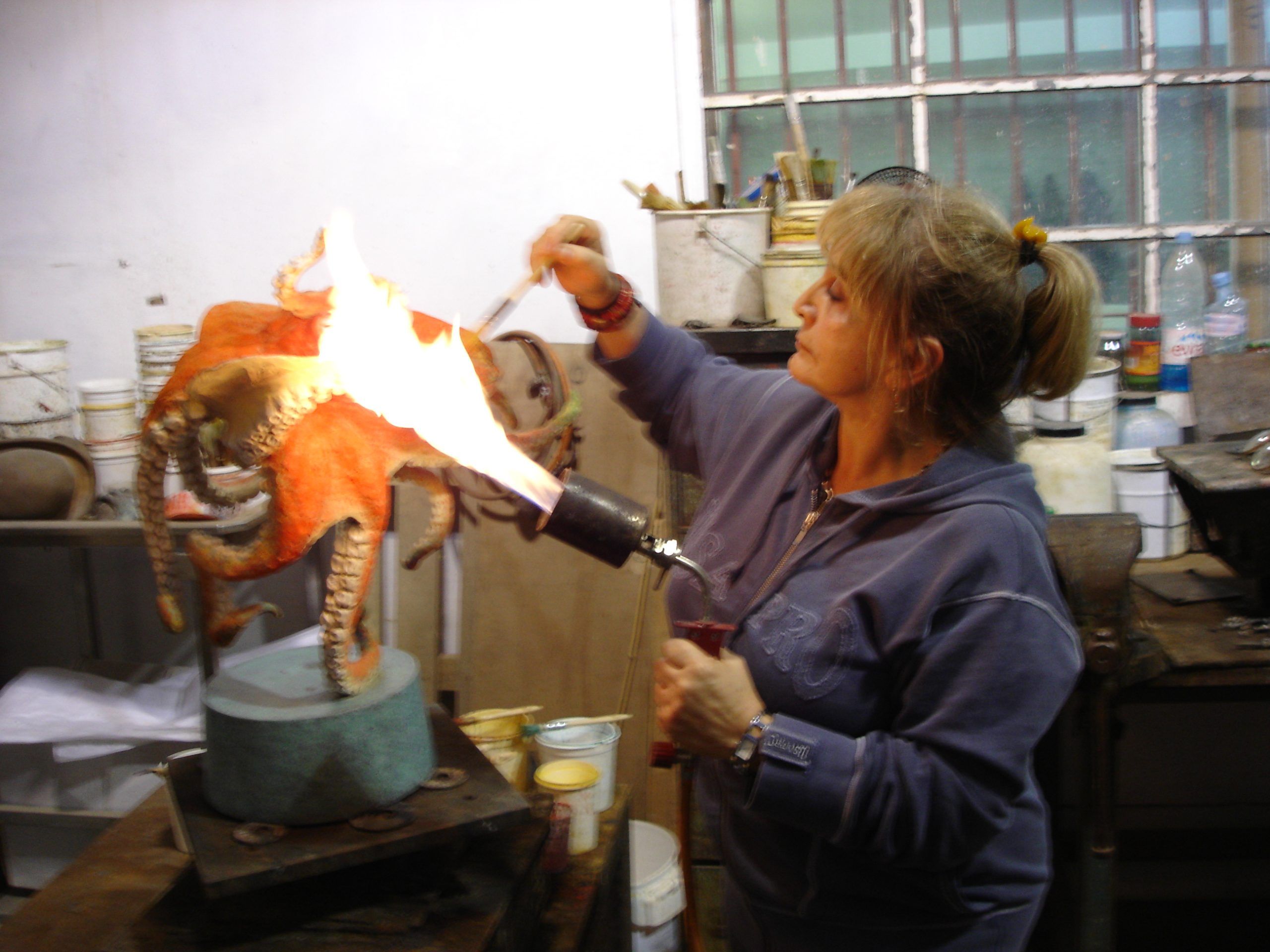
Ferris Bueller’s iconic patterned sweater vest — immortalized in the 1985 John Hughes classic — recently fetched $279,400 at Sotheby’s, kicking off the auction house’s new “Popular Culture” department with a nostalgic bang. It’s a striking moment for a 280-year-old institution better known for Rembrandts than retro movie memorabilia. But it’s also emblematic of a broader transformation underway at Sotheby’s — one spearheaded by French telecoms tycoon Patrick Drahi since his 2019 acquisition of the company.
In a $3.7 billion deal, Drahi took Sotheby’s private after more than three decades on the New York Stock Exchange. An ardent art collector himself, Drahi saw an opportunity not just to own a piece of cultural history, but to modernize and diversify the business model of one of the world’s most storied auction houses. Five years on, that strategy is showing clear results.
The launch of the Popular Culture division — complete with items like Prince’s guitar and Abbey Road Studio pianos — reflects a new responsiveness to shifting tastes among collectors, particularly younger buyers who are just as likely to covet a vintage Beatles lyric sheet as they are an Old Master painting. “Some people think of us as the fun department,” said Katherine Schofield, head of the new division, “but there’s also a lot of interest”, she underlined, noting the strong momentum behind these kinds of collectibles. “Within the last three to five years, the area has really been seeing a big growth spurt—a lot more collections are coming onto the market, and the appetite for these collections is really significant”.
And the new department is just one of several innovations under Drahi’s stewardship. Recognizing the surging demand for Eastern art, Sotheby’s recently elevated Asian art into its own division, ensuring dedicated leadership and resources in this critical market. A newly formed major collections division, meanwhile, will focus on winning significant single owner collections and important estates.
Drahi’s approach has been strategic: widen the appeal of the auction house, diversify revenue streams, and modernize infrastructure. In October 2024, Sotheby’s secured a landmark $1 billion investment from Abu Dhabi’s ADQ, the largest capital injection in the industry in years. The move positioned ADQ as a minority shareholder of Sotheby’s and set the stage for deeper expansion in the Middle East.
From Riyadh to Hong Kong: a truly global footprint
This expansion hasn’t been limited to balance sheets. In February 2025, Sotheby’s made history by hosting Saudi Arabia’s first-ever major art auction, making inroads into what one art publication dubbed “terra incognita” for international auction houses. Held under the stars in Diriyah, the “Origins” sale featured Islamic art, contemporary works, and even Cristiano Ronaldo memorabilia. The event brought in $17.3 million and signaled the beginning of what is expected to be a long-term presence in the Gulf, bolstered by a new office in Riyadh.
Asia, too, remains a key focus. In mid-2024, Sotheby’s unveiled a 24,000-square-foot retail and exhibition space in the heart of Hong Kong’s Central district. Designed as both a cultural destination and high-end concept store, the space offers everything from dinosaur fossils and Qing Dynasty artifacts to rare diamonds — available for immediate purchase. Despite economic turbulence in China, the move reflects long-term confidence in the region’s luxury market.
Nathan Drahi, Patrick Drahi’s son, played a pivotal role in these Asia-based initiatives before relocating to New York, where he now leads global business development. His appointment reflects Sotheby’s broader reorganization to capture what its leadership describes as “the greatest generational wealth transfer in history.”
Sotheby’s resurgence has come during a time of global macroeconomic uncertainty — geopolitical conflict, market volatility, and a high-interest rate environment. And yet, in 2024, it outperformed rival Christie’s, closing the year with $6 billion in consolidated sales. Its private sales division remained strong, even as fine art sales contracted.
This kind of resilience is no accident. Drahi has long shown a knack for navigating complex, high-stakes business environments. As Bloomberg recently noted, he has an uncanny ability to “read the dynamics of power” and position himself accordingly. From restructuring telecom giants to orchestrating billion-euro deals, his success across sectors is grounded in strategic pragmatism — and it’s now reshaping Sotheby’s.
Known as a shrewd and hands-on operator nicknamed the “cost killer” in the French press, there’s no denying that Drahi’s instincts have delivered in his venture into the art world. By investing in growth markets, broadening the collector base, and future-proofing operations, he has positioned Sotheby’s not merely to preserve its prestige, but to actively redefine what an auction house can be.
From Abu Dhabi’s sovereign funds to Hong Kong’s high-rises, and from Ferris Bueller to fine jewellery, Sotheby’s under Patrick Drahi is pursuing a clear goal: to remain relevant to the next generation of collectors, wherever they are and whatever they value.
That the transformation is being led not by an industry insider but by a French telecoms magnate with a taste for disruption may once have seemed improbable. Today, it looks more like a blueprint — one that shows how even the oldest institutions can thrive in a rapidly changing world.




